Issues
Seneca Meadows Landfill
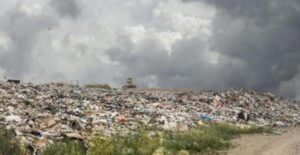
Seneca Lake Guardian is working diligently to help close the Seneca Meadows Landfill (SMI) by 2025.
Bitcoin Mining
Greenidge is an old coal power plant with an already bad environmental history. Once mothballed, it was converted to a gas fired plant for use as a “peaker plant”- to only be used when excess energy was needed by the public, and not run continually. Now, its out of state owners at Atlas Holdings want to expand operations for a privately owned bitcoin operation which would consume enough power to fuel 93,000 homes. That’s bigger than 2 of Amazon’s immense data centers. This facility threatens the health of our air, our water, and the Finger Lakes’ thriving agricultural and tourism-driven economy.
TeraWulf AI/ Data Center/ Cryptomine on Cayuga Lake
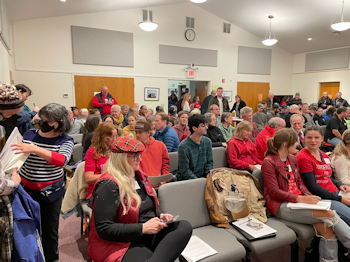
A proposal to draw up to 400 megawatts from the grid to power a large Data Center along the shores of Cayuga Lake is well underway. Seneca Lake Guardian is working to educate, inform, and mobilize the region against this harmful project that would cause an increase in electricity bills, emit harmful noise in an otherwise bucolic region, cause an increased reliance on fossil fuels, and potentially consume massive amounts of water while offering very few jobs.
CAFOs
Concentrated Animal Feeding Operations
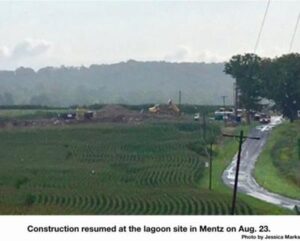
A controversial 10-million-gallon manure lagoon that state officials had recently ruled to be in violation of state regulations is being constructed in Cayuga County. Manure is high in phosphorous and nitrogen, nutrients that are suspected fuels for HABs (Harmful Algal Blooms).
Finger Lakes National Forest
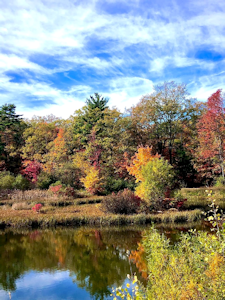
After the Trump administration released an executive order for the U.S. Forest Service to achieve a 25% increase in timber production in national forests, like the Finger Lakes National Forest, Seneca Lake Guardian worked with U.S. Senator Chuck Schumer and U.S. Senator Kirsten Gillibrand to call on the U.S. Forest Service to protect Finger Lakes National Forest (FLNF) from increased timber logging and to restore FLNF to its full staffing level to protect this Upstate treasure. The Finger Lakes National Forest is New York’s only national forest, and the senators said protecting trees is vital to protecting the surrounding Finger Lakes, precious open space, biodiversity, and the vibrant recreation and tourism economy. Seneca Lake Guardian worked with other concerned residents to generate a list of nearly 100 volunteers to assist the Forest rangers during this work shortage.
Harmful Algal Blooms
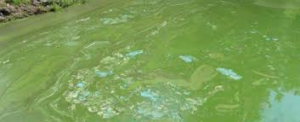
Harmful Algal Blooms (HABs) are an increasing concern in the Finger Lakes. A cyanobacteria caused by adequate nutrient (e.g., phosphorus) loading, warm temperatures, microplastics, and calm winds, can multiply rapidly and form blooms that are visible on the surface of the affected waterbody. Several types of cyanobacteria can produce toxins and other harmful compounds that can pose health risks to people and animals through ingestion, skin contact, or inhalation. While other environmental organizations have been diligent in their reporting and research on HABs, Seneca Lake Guardian believes in taking a more active role in the prevention and reduction of future blooms by way of regulations and enforcement. SLG is working closely with key decision makers and other environmental organizations toward this effort.
Coal Ash Landfills
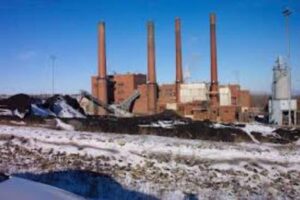
The Greenidge Facility has a toxic legacy from its predecessor, which was a coal fired power plant. Cleaning up and closing the coal ash landfill and coal ash pond is vital to the health of Seneca Lake and the health of those who drink, cook with, bather, or recreate in Seneca Lake waters. Seneca Lake Guardian is working with other groups to ensure that this is cleaned up and closed safely.
PFAS
Poly-FluoroAlkyl Substances
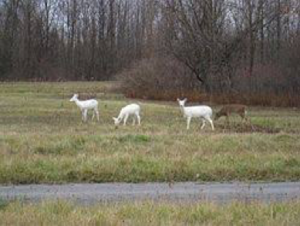
What Are PFAS? PFAS are commonly called “forever chemicals” that have been discovered in nearly every human’s blood and have a number of negative health impacts. Seneca Lake Guardian has worked with other organizations to push for a lower acceptable limit of PFAS contamination in water by the state, worked on getting more PFAS testing within our community, better informing the public on PFAS contamination, remediation/ cleanup of these contaminants in our water.
